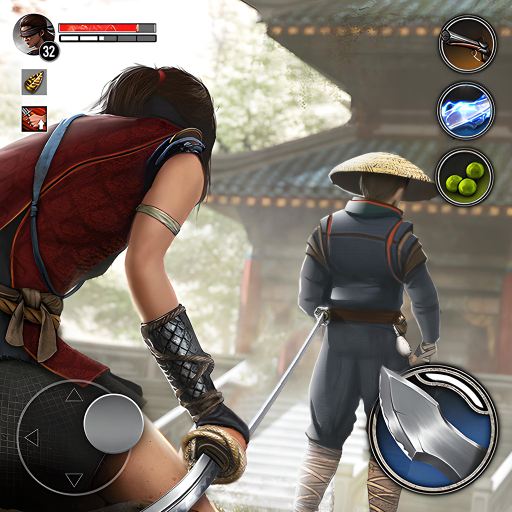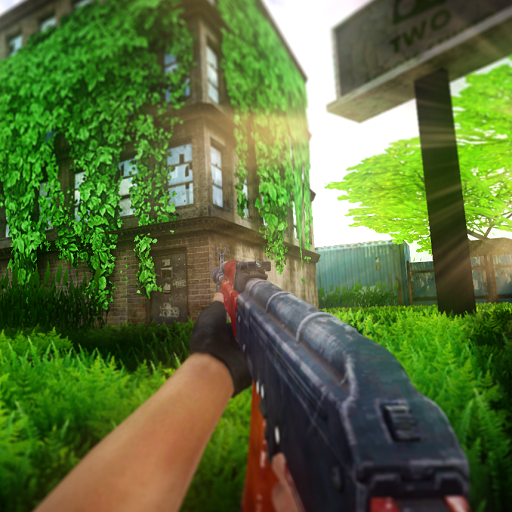In the Age of Great Voyages, ships are not only the core tools for exploring the seas but also the strategic foundation for trade, combat, and adventure. They can be said to be the biggest core of the game. Today, I will introduce to you how to play with the ships in the Age of Great Voyages. The ship system in the Age of Great Voyages is divided into four major categories: warships, merchant ships, exploration ships, and ramming ships. Each type of ship has significant functional differences and requires different development strategies.
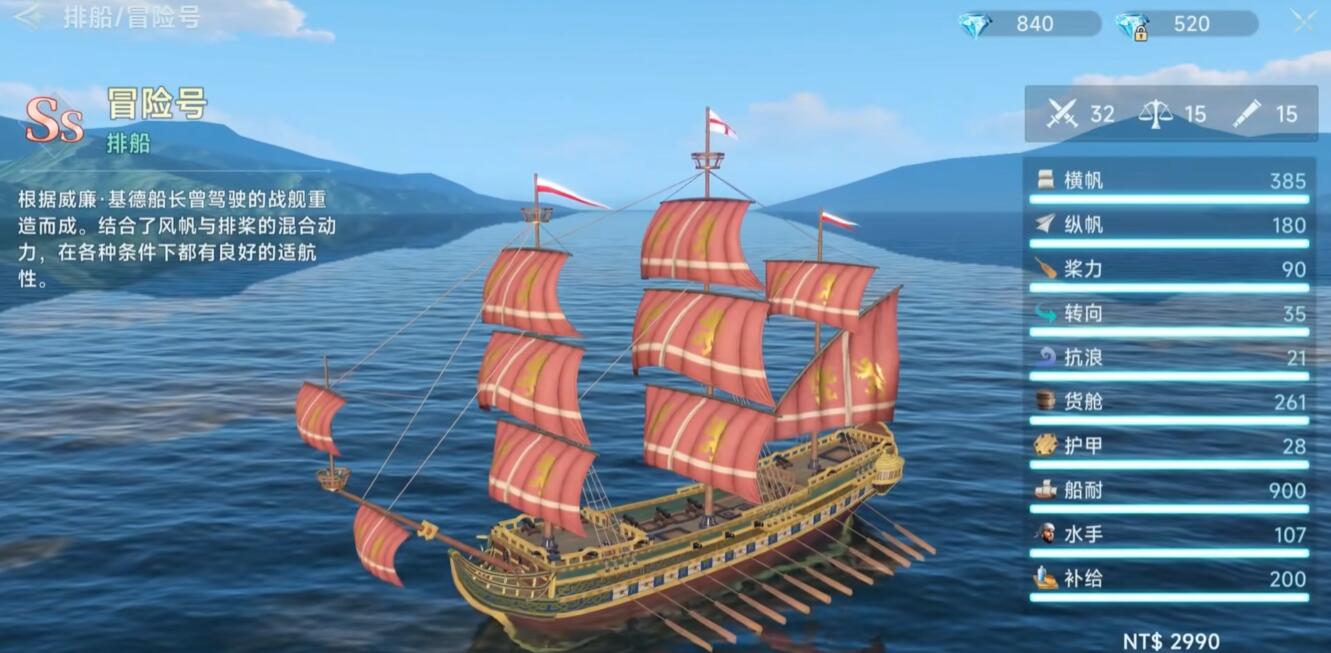
Warships, as the name suggests, focus on firepower and armor. Large Spanish square-rigged ships, for example, can be modified into 4-gun platforms or 4-troop quarters, suitable for either bombardment or melee tactics. Merchant ships, such as medium-sized trading schooners, have high cargo capacity and fast sailing speed, making them ideal for short-distance trade and accumulating funds. Exploration ships emphasize speed and endurance, similar to light exploration vessels that can sail long distances in unknown waters. Ramming ships specialize in close combat and collision, relying on the number of sailors and the ability of the charge captain. New players are advised to prioritize choosing merchant ships or general-purpose warships to transition, avoiding spreading initial resources too thin.
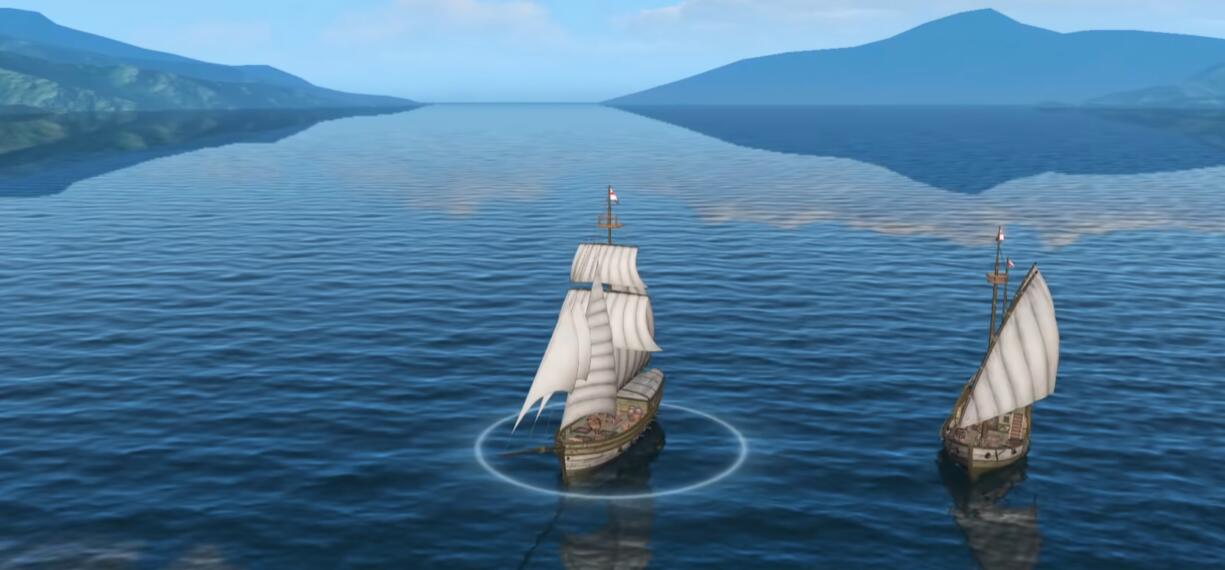
In the early stages of the game, D-class or C-class basic ships can be obtained for free through main quests, with small frigates and light merchant ships being good choices. Once the character reaches level 20, higher-tier shipyards are unlocked, allowing for the construction of B-class and above ships. For example, an A-class ironclad ship requires unlocking through investment in East Asian ports. In the mid to late stages, it is recommended to choose based on your development direction: trade-focused players should concentrate on enhancing the cargo capacity of merchant ships; combat-focused players should prioritize building battleships or ironclads; and exploration-focused players need to enhance the wave resistance and supply capabilities of their exploration ships.
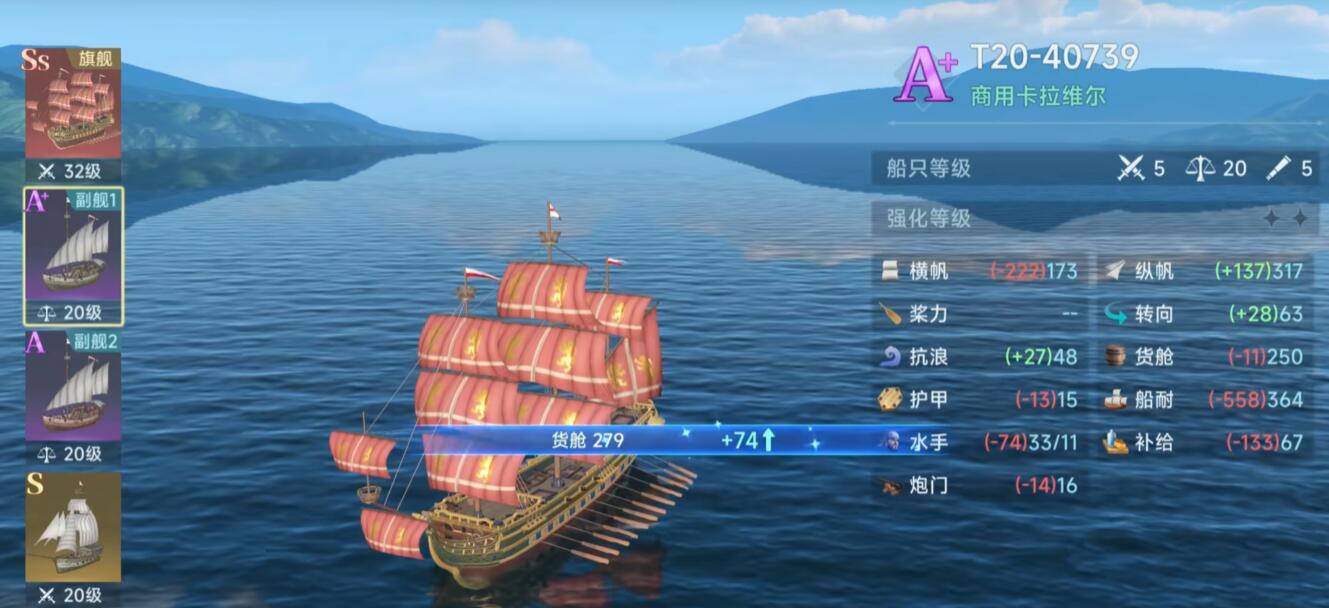
Ship enhancement requires the consumption of high-quality materials such as sail maintenance tools and spare oars, which can be upgraded at the port's shipyard. For merchant ships, priority should be given to upgrading the cross-sails, fore-and-aft sails, and cargo hold capacity. Warships should focus on armor, the number of gun platforms, and loading speed. Exploration ships need to balance wave resistance and sailing speed. Ironclad ships can improve durability through hull plating and achieve high burst damage when paired with heavy cannons. Be careful not to over-enhance a single attribute, as this is very cost-ineffective. For artillery battles, a combination of battleships and mortars is recommended, using range advantages to suppress from afar. For close combat, giant galleys can be chosen. Ramming ships can target enemy fragile ships in PvP, but one must avoid areas with dense gunfire.
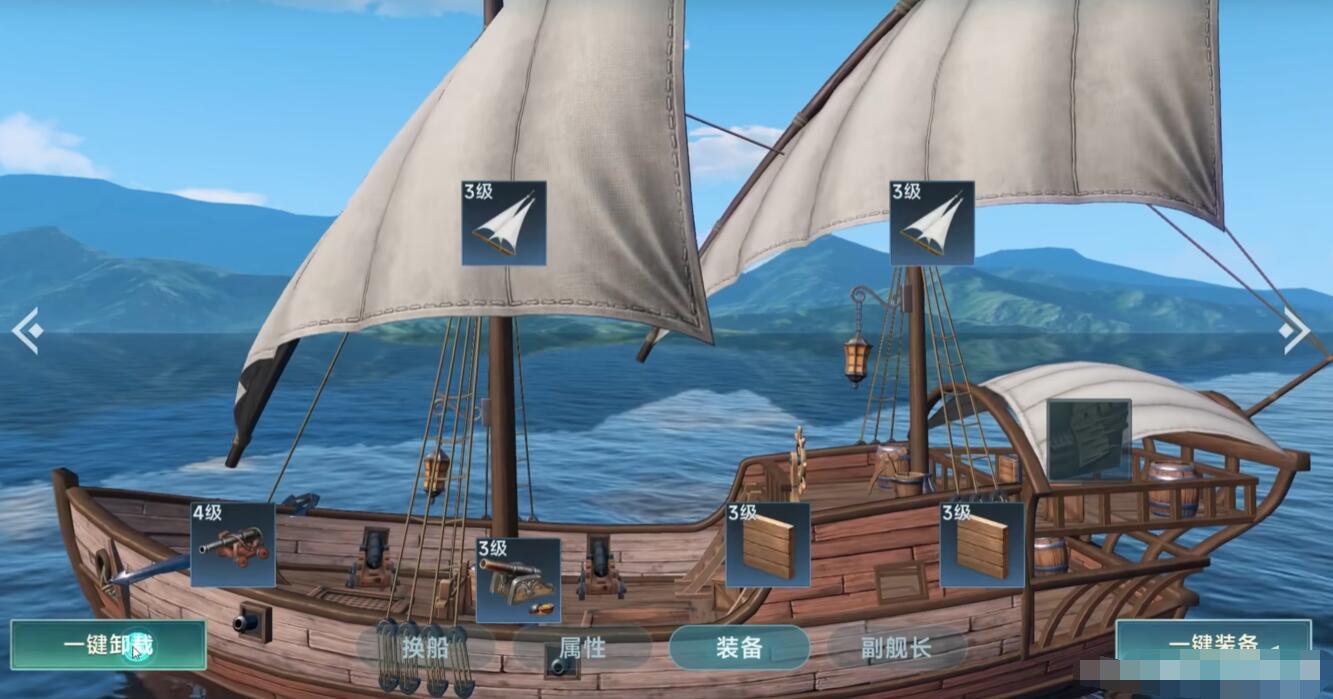
The gameplay of the ship system is actually quite complex. The Age of Great Voyages brings a very intricate strategy gameplay. Reasonably choosing the type of ship and progressively enhancing core attributes are key to mastering the ship system. Through my introduction, you can efficiently balance the benefits of trade and combat.










